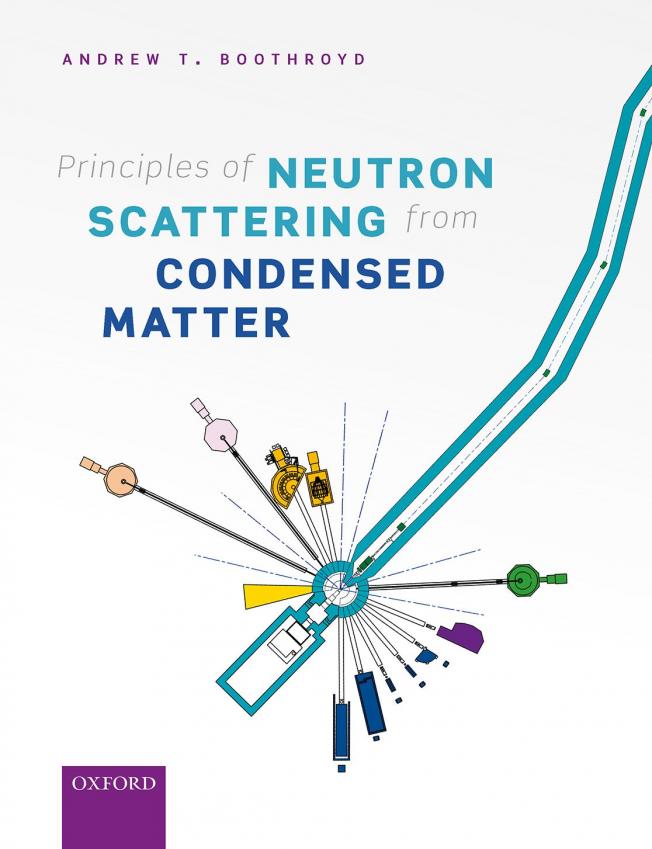Experimental Proof of a Magnetic Coulomb Phase
ArXiv 0907.0954 (2009)
Abstract:
Spin ice materials are magnetic substances in which the spin directions map onto hydrogen positions in water ice. Recently this analogy has been elevated to an electromagnetic equivalence, indicating that the spin ice state is a Coulomb phase, with magnetic monopole excitations analogous to ice's mobile ionic defects. No Coulomb phase has yet been proved in a real magnetic material, as the key experimental signature is difficult to resolve in most systems. Here we measure the scattering of polarised neutrons from the prototypical spin ice Ho2Ti2O7. This enables us to separate different contributions to the magnetic correlations to clearly demonstrate the existence of an almost perfect Coulomb phase in this material. The temperature dependence of the scattering is consistent with the existence of deconfined magnetic monopoles connected by Dirac strings of divergent length.The Temperature Evolution of the Out-of-Plane Correlation Lengths of Charge-Stripe Ordered La(1.725)Sr(0.275)NiO(4)
(2009)
Circularly polarized X rays as a probe of noncollinear magnetic order in multiferroic TbMnO3.
Phys Rev Lett 102:23 (2009) 237205
Abstract:
Nonresonant x-ray magnetic scattering has been used to study the magnetic structure of multiferroic TbMnO3 in its ferroelectric phase. Circularly polarized x rays were combined with full polarization analysis of the scattered beam to reveal important new information on the magnetic structure of this canonical multiferroic. An applied electric field is shown to create essentially a single magnetic domain state in which the cycloidal order on the Mn sublattice rotates either clockwise or anticlockwise depending on the sign of the field. It is demonstrated how this technique provides sensitivity to the absolute sense of rotation of the Mn moments and to components of the ordering on the Tb sublattice and phase shifts that earlier neutron diffraction experiments could not resolve.Circularly polarised X-rays as a probe of non-collinear magnetic order in multiferroic TbMnO3
(2009)
Low-temperature interactions of magnetic excitons in LaCoO3
Physical Review B - Condensed Matter and Materials Physics 79:17 (2009)


